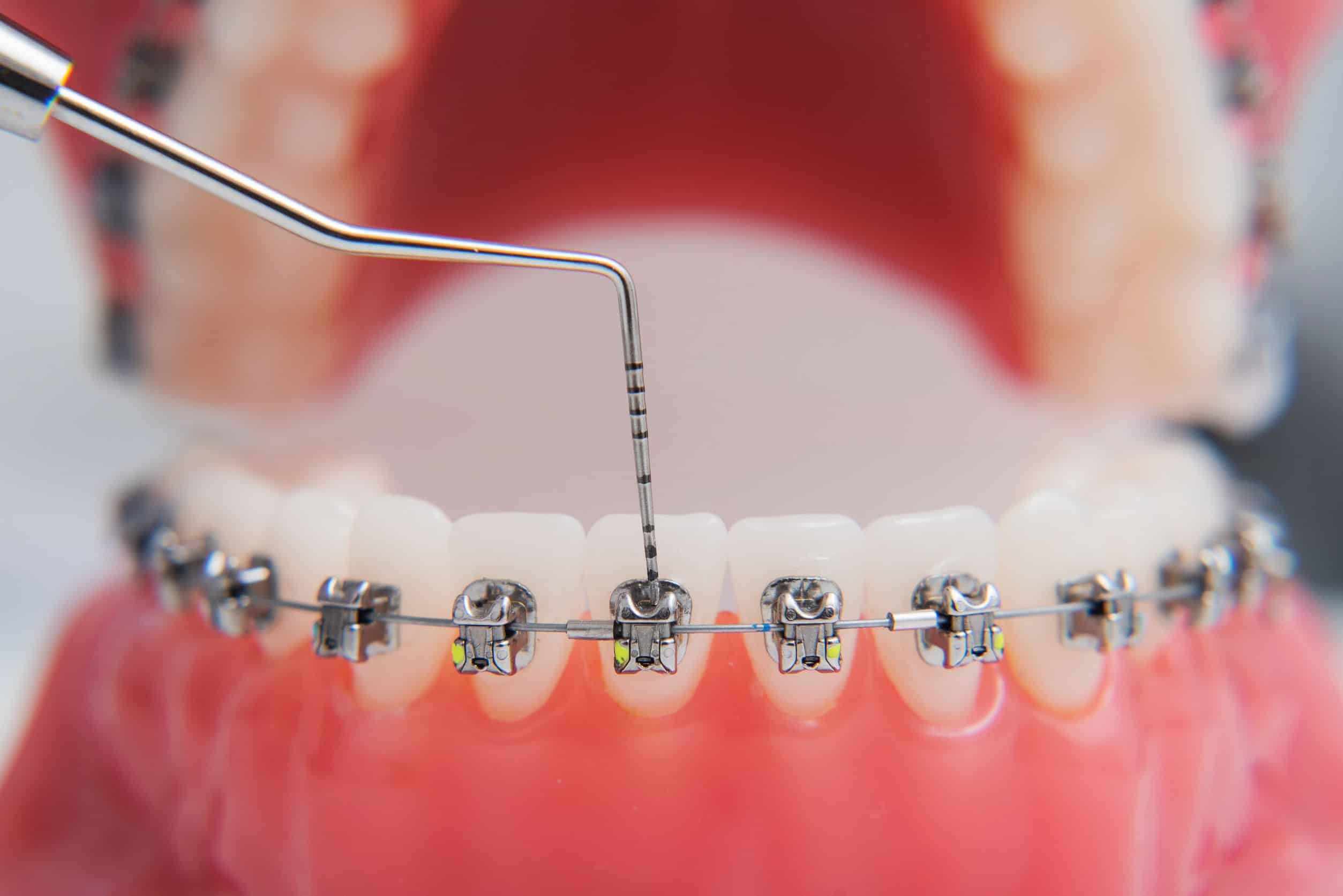The Definitive Guide to Legacy Orthodontics
The Definitive Guide to Legacy Orthodontics
Blog Article
The Greatest Guide To Legacy Orthodontics
Table of ContentsSome Known Questions About Legacy Orthodontics.Unknown Facts About Legacy OrthodonticsThe Legacy Orthodontics IdeasNot known Details About Legacy Orthodontics 6 Easy Facts About Legacy Orthodontics Described
In addition, we supply adjustable therapy timetables, flexible repayment alternatives and a fun, delightful experience.An orthodontist is a dental expert trained to detect, avoid, and deal with teeth and jaw abnormalities. Orthodontists function with individuals of all ages, from children to grownups.
Malocclusion, or misaligned teeth, can lead to oral problems, consisting of dental caries, gum illness, and hard or painful chewing. However not everyone is birthed with straight teeth. If you have a poor bite or large spaces between your teeth, you might desire to get in touch with a dental professional specializing in orthodontic care.
Getting My Legacy Orthodontics To Work
( Photo Credit Scores: DigitalVision/Getty Images) Orthodontists make use of taken care of and detachable oral tools, like braces, retainers, and bands, to transform the setting of teeth in your mouth. Orthodontic treatment is for oral abnormalities, including: Jagged teethBite issues, like an overbite or an underbiteCrowded teeth or teeth that are also far apartJaw misalignmentThe objective of orthodontic therapy is to enhance your bite.
While you may think of orthodontists as mostly for kids or teens that need dental braces, they can correct oral issues at any age. Orthodontists attend university, dental college, and orthodontic school.
, however not all dental practitioners are orthodontists. They concentrate on 2 areas: Just how to correctly and securely relocate teeth How to correctly assist advancement in the teeth, jaw, and faceOnce an orthodontist has completed training, they have the alternative to come to be board accredited.
The 9-Minute Rule for Legacy Orthodontics
Misalignment, or malocclusion, is the most usual factor people see an orthodontist. It is hereditary and is the result of dimension distinctions between the upper and reduced jaw or in between the jaw and teeth. Malocclusion causes tooth congestion, a misshapen jaw, or uneven bite patterns. Malocclusion is generally treated with: Your orthodontist affixes metal, ceramic, or plastic square bonds to your teeth.
Some individuals need a headgear to help relocate teeth right into line with stress from outside the mouth. A retainer is a customized gadget that keeps your teeth in location.
They can develop extra area in the mouth without having to pull teeth. Orthodontists make use of cords, surgical screws, or plates to sustain your jaw bone.
You may need to see an orthodontist if you have: Crowding or otherwise sufficient room for all of your teethOverbite, when your top teeth come by your bottom teethUnderbite, when your base teeth are too far forwardSpacing or problems with gapsCrossbite, which is when your top teeth fit behind your base teeth when your mouth is closedOpen bite or an upright gap between your front bottom and top teethMisplaced midline, when the facility of your bottom and upper teeth don't align Correcting a dental malocclusion can: Make biting, eating, and speaking easierImprove the balance of our face and your general appearanceEase pain from temporomandibular joint conditionsDifferent your teeth and make them easier to clean up, helping prevent tooth decay or dental caries It's typically a dental expert who first notices misaligned teeth throughout a regular test.
A Biased View of Legacy Orthodontics

During your very first orthodontic examination, you'll likely have: An oral examPhotos taken of your face and smileDental X-raysPanoramic (360 level) X-rays of your face and headImpressions to create molds of your teethThese tests will certainly help your orthodontist recognize how to proceed with your treatment. orthodontics. An orthodontist is a dental professional that's had training to treat your teeth and jaw
Orthodontists might do surgical procedure, exams,X-rays,and more to aid you obtain a much more comfortable, healthier smile. An orthodontist is concentrated on your bite, so something like a broken tooth would be managed by a dental professional. Orthodontists are dental professionals but not all dental practitioners are orthodontists. Orthodontists are focused on your bite, or the method your teeth fit with each other, and the straightness of your teeth.
Ever questioned exactly how celebrities constantly seem to have completely aligned teeth? Orthodontists are dental professionals who concentrate on remedying abnormalities in the teeth and jaws.
Not known Incorrect Statements About Legacy Orthodontics

While dental braces are one of the most generally identified orthodontic therapy, orthodontists have a diverse toolkit at their disposal. The details method chosen depends on the intensity of the instance, the client's age, and private choices. These tried-and-true dental braces make use of a system of braces bound to the teeth and linked by cables.
Clear aligners, like Invisalign, are a popular choice for people seeking an extra very discreet therapy Our site choice. These detachable trays are tailor-made to considerably move the teeth's placement. Headwear may be used in conjunction with braces or aligners to use added targeted pressures, particularly for correcting jaw discrepancies. In cases of slim jaws, palatal expanders can be utilized to create space for proper tooth positioning.
Report this page